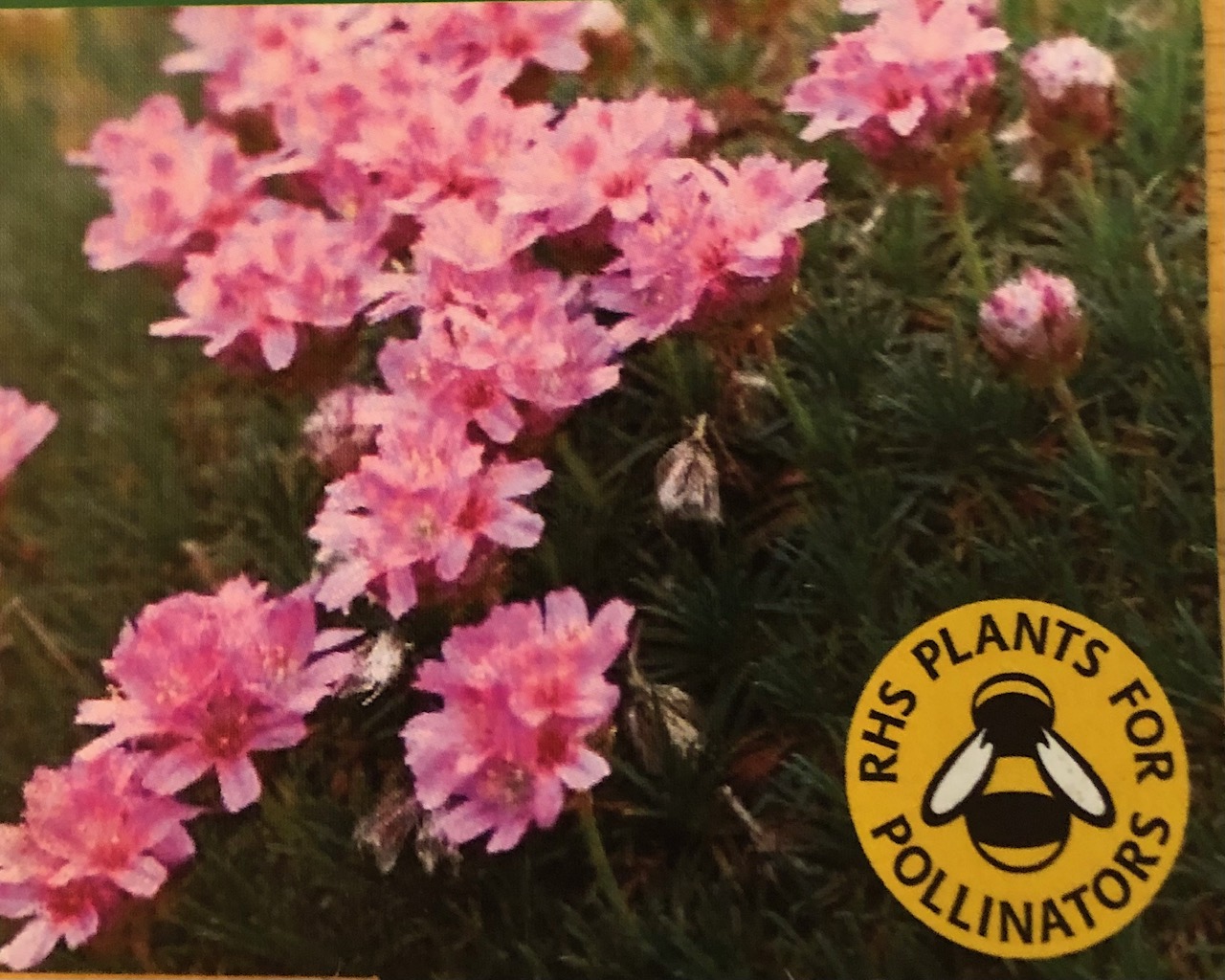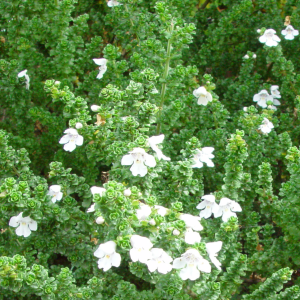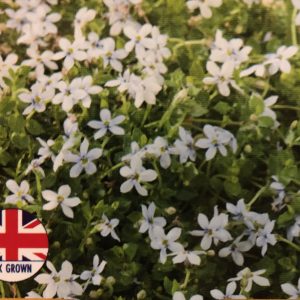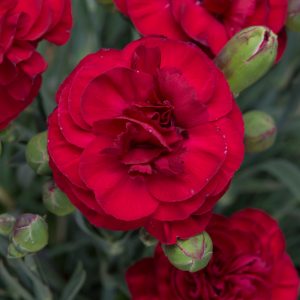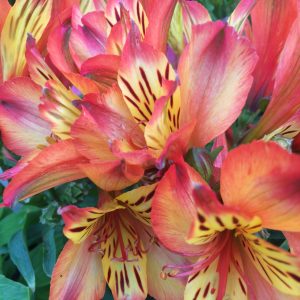Baby Range (9cm), Perennials, Rockery / Small Spaces
Thrift
Armeria juniperifolia
Thrift 
Armeria juniperifolia is a cushion-forming alpine with linear, hairy, grey-green leaves. It bears purplish pink to white flowerheads in May to June.
SKU: ARMERIA-JP
Categories: Baby Range (9cm), Perennials, Rockery / Small Spaces
Tags: Border edging plant, path edging, Perennial Flower, Pink flowers, Rockery Plants, Sea Pink, small spaces, Spring flowering, Thrift. Cushion-forming., wall planting
Related products
-
Rated 0 out of 5
Prostanthera cuneata
£11.99 Select options This product has multiple variants. The options may be chosen on the product page

